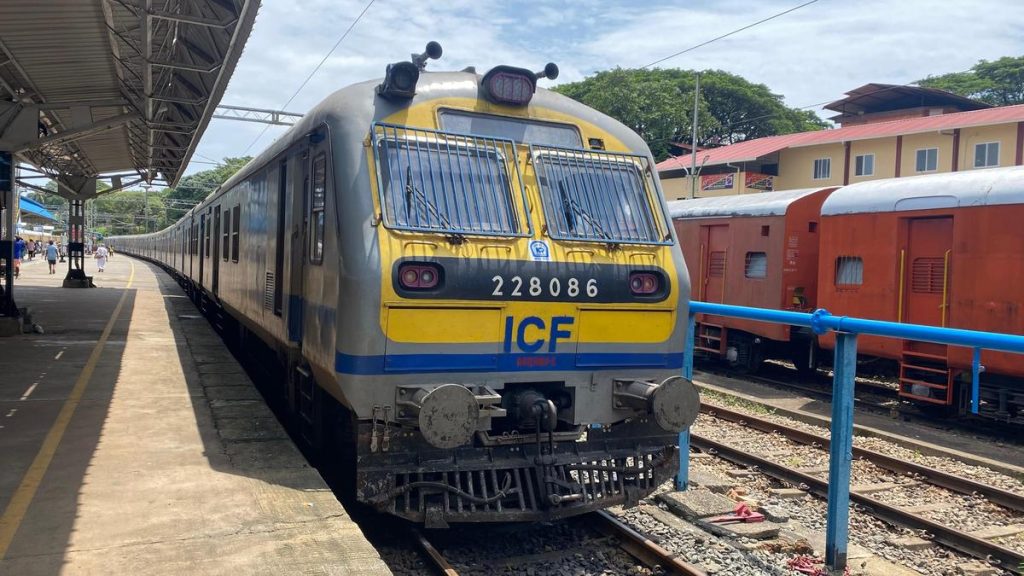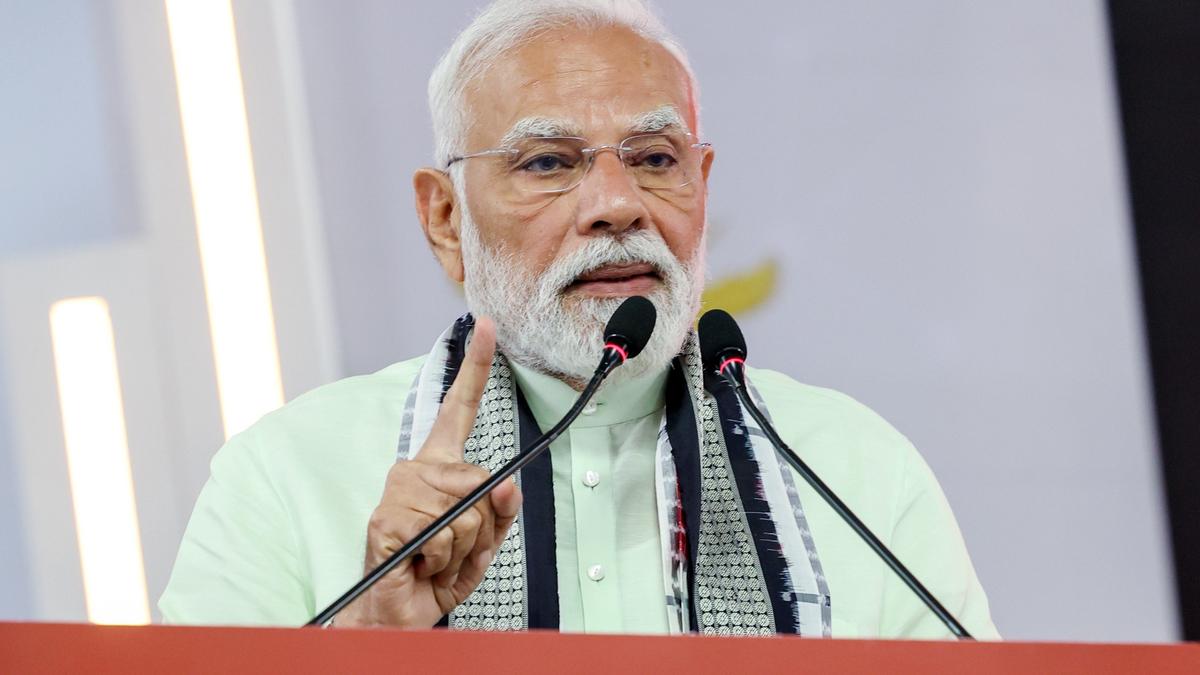Now Reading: India and Oman Set to Finalize CEPA Trade Pact Soon: Envoy
-
01
India and Oman Set to Finalize CEPA Trade Pact Soon: Envoy
India and Oman Set to Finalize CEPA Trade Pact Soon: Envoy

Rapid Summary
- India and Oman are set to sign the Comprehensive Economic Partnership Agreement (CEPA) “very soon.”
- Negotiations have concluded, and legislative/administrative processes are underway.
- CEPA aims to diversify trade beyond energy into other commodities and services by reducing customs duties considerably and simplifying norms for services exchange.
- Talks for CEPA began in November 2023.
- India’s key imports from Oman include petroleum products, urea, propylene/ethylene polymers, pet coke, gypsum, chemicals, iron & steel (70% driven by oil/petrochemical prices).
- Bilateral trade during 2024-25 stood at $10.61 billion; Oman is India’s third-largest export destination among Gulf Cooperation Council countries.
- Over 6,000 India-Oman joint ventures exist in Oman with investments of over $776 million. Indian firms have emerged as top investors in Oman’s sohar and Salalah Free Zones.
- Cumulative FDI equity inflow from Oman to India between April 2000-March 2025 was $605.57 million.
Indian Opinion Analysis
The proposed CEPA between India and Oman holds meaningful promise for enhancing bilateral economic ties across diversified sectors. With trade currently heavily reliant on oil prices-petroleum products alone constituting over 70% of imports-the agreement intends to broaden the scope towards non-oil commodities such as chemicals, polymers, iron & steel alongside service exchanges. This could shield bilateral trade from volatility linked to energy markets while potentially fostering long-term economic stability.india’s prior success with similar agreements like the UAE CEPA demonstrates potential benefits such deals may bring in expanding market access for both sides-especially given Oman’s role as a crucial trading partner within GCC nations ($10.61 billion annual trade). Moreover, elevated Indian investments in Free Zones like Sohar reflect burgeoning industrial collaboration that the new framework might amplify.Strategically speaking, deepened ties via enhanced ease-of-business could unlock cross-regional connectivity opportunities leveraging India’s broader presence among GCC governments post-UAE deal framework alignment here-but pragmatism lies ahead addressing execution timelines amidst longer-term inflation/currency parity risks mutual contexts-sensitive monitoring esp gains sustainably rules operationalizing pathways clearer ongoing mutual consultations roadmap win-win proving yet strategic next foothold evaluated empirically action-policy drafting horizon progress mechanisms internalized allocations fariseur adaptability ongoing developments reviewed milestones efficiencies dynamic deliverables focus metric touchpoints cutversal clarity Read more: Link






















